Ni’ihau: Everything You Need to Know About Hawaii’s Forbidden Island
One of Hawaii's Secrets
Most people connect Hawaii with white-sand beaches, surfing, luaus, and a relaxed way of life. Yet, there is an island that most people are completely unaware of, located outside of well-known tourist hotspots like Honolulu, Maui, and Oahu.
Just 17 miles off the coast of Kauai, a small piece of land has remained unchanged since the early days of Hawaii. Even though it is so close to the beach resorts of Kauai, most residents will never get the chance to visit this island. The image of Ni’ihau rising from the ocean is a familiar sight for those living on Kauai, but access to the island is restricted.
An Island Frozen in Time
The island of Ni’ihau is a place that seems to have been frozen in time, with its sandy shores and beautiful scenery reminiscent of Hawaii, but with the added twist that outsiders are not allowed to visit.
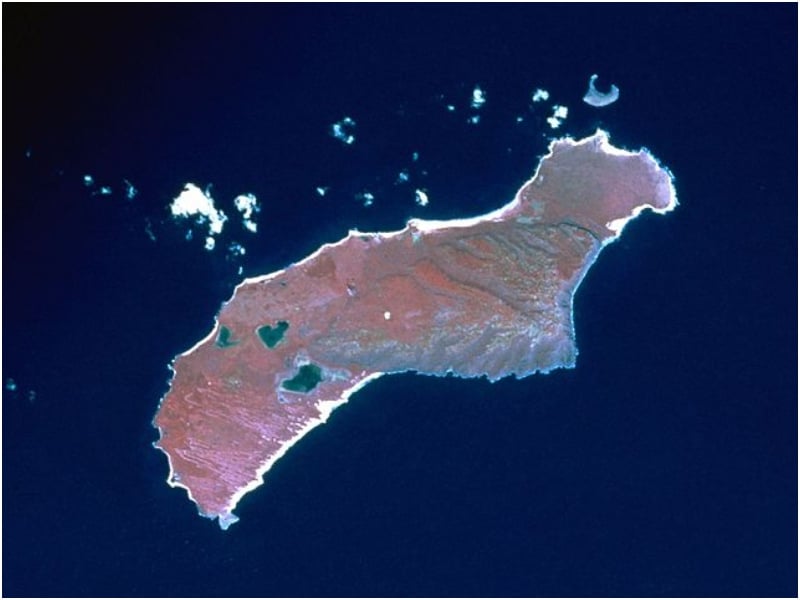
Source: Public domain / wikicommons
The islanders who call Ni’ihau home live a simple, traditional life, hunting and fishing to survive, just as their ancestors did hundreds of years ago. The reason that Ni’ihau has remained so isolated and preserved is due to a woman named Elizabeth McHutchenson and a unique agreement made in the 1800s. Learn more about the woman who kept Ni’ihau closed off from the outside world.
Elizabeth McHutchenson Was the Initiating Force
It was Elizabeth McHutchenson who set the stage for Ni’ihau’s unique history. Born in Glasgow, Scotland, in 1800, Elizabeth, or Eliza as she was known, was one of the six children of a successful merchant named William and his wife, Jean.

Source: J. J. William / wikicommons
In 1824, Eliza married a ship’s captain, Francis Sinclair, an expert navigator who, in 1815, saved the life of the Duke of Wellington while accompanying him on his return voyage from the Battle of Waterloo. The couple had six children together and, after the birth of their sixth child, decided to start a new life in New Zealand.
Sadly, tragedy struck as they were getting familiar with an unfamiliar land.
It All Seemed Perfect, Until…
The Sinclair family seemed to be getting settled in their new home in New Zealand when disaster struck. They had arrived in Pigeon Bay in 1841 and established a successful farming operation, with Francis using his sailing skills to transport their farming supplies for the trade.
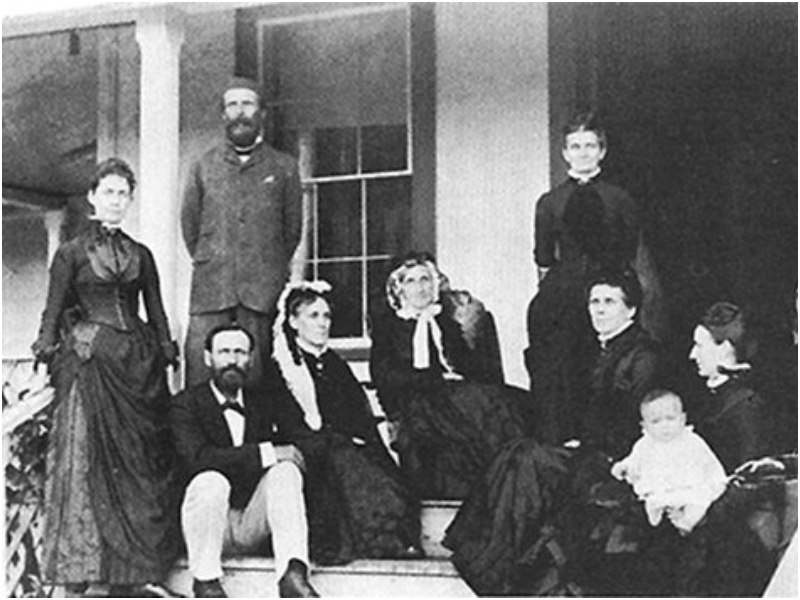
Source: knudsentrust.org / wikicommons
Unfortunately, five years after arriving on the island, something tragic happened—while on their way to a business trip to Wellington in 1846, Eliza’s husband and her oldest son George vanished at sea. Even though they were never found, it was assumed that their ship sank, taking the lives of all aboard and resulting in the loss of cargo. Her husband and son carried all the family’s money and produce supplies.
Eliza Wouldn't Quit So Quickly
Even though others who experience the same tragedy would give up and return to their homeland, Eliza chose to stay. Despite losing her husband and eldest son, Eliza refused to be defeated by everything. She had five children to care for and a farm in Pigeon Bay to manage.
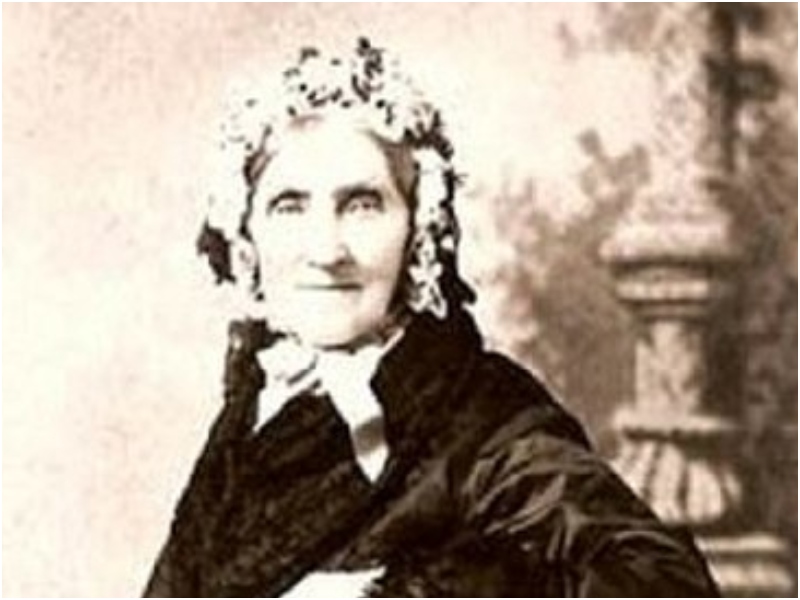
Determined to keep the farm thriving, Eliza worked hard to rebuild it and eventually married off all her children. Then, in 1863, she decided to move the family to Canada in search of a new farming opportunity. So the Sinclairs set out once again, this time intending to start over in Canada.
Disappointed With What They Saw
When the Sinclair family arrived in Canada in 1863, they were disappointed to find that Vancouver Island was still undeveloped. To put it bluntly, the area was still largely untamed, making it less than ideal for building a prosperous farm.
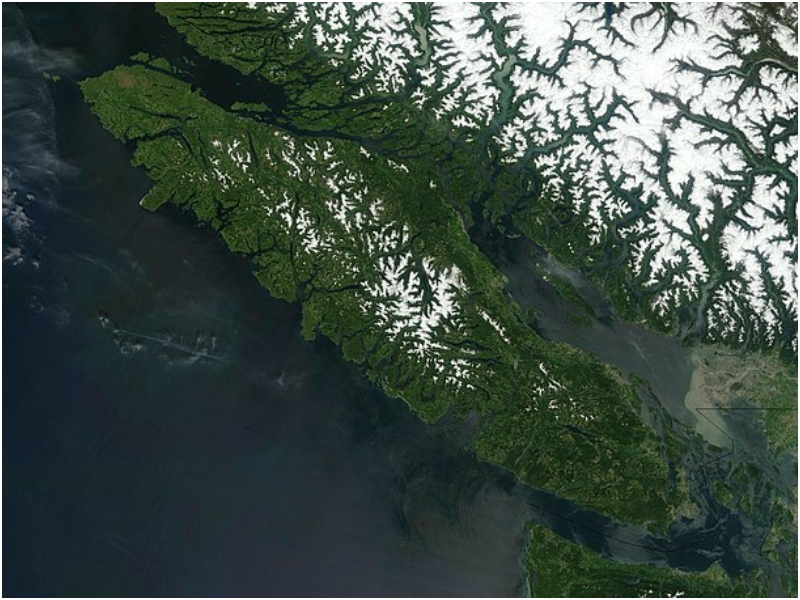
Source: NASA / wikicommons
Eliza was considering a move to California when she heard of a promising new land: the Hawaiian Islands, which were known as the Sandwich Islands at the time. Then she took the initiative to move her family to Hawaii, where she could negotiate with a certain King Kamehameha V, the purchase of one of its islands called Ni’ihau. When all hope seemed lost for the Sinclairs, they found what appeared to be the “promised land” for them.
They Happened Upon the Ideal Location
Ni’ihau is Hawaii’s seventh biggest populated island and the westernmost main island. It may be found across the Kaulakahi Channel, 17 miles (28 kilometers) southwest of Kauai. It covers an area of 69.5 square miles. Age estimates put the island at around 6 million years, making it older than Kauai, its northeastern neighbor, by approximately a million years.
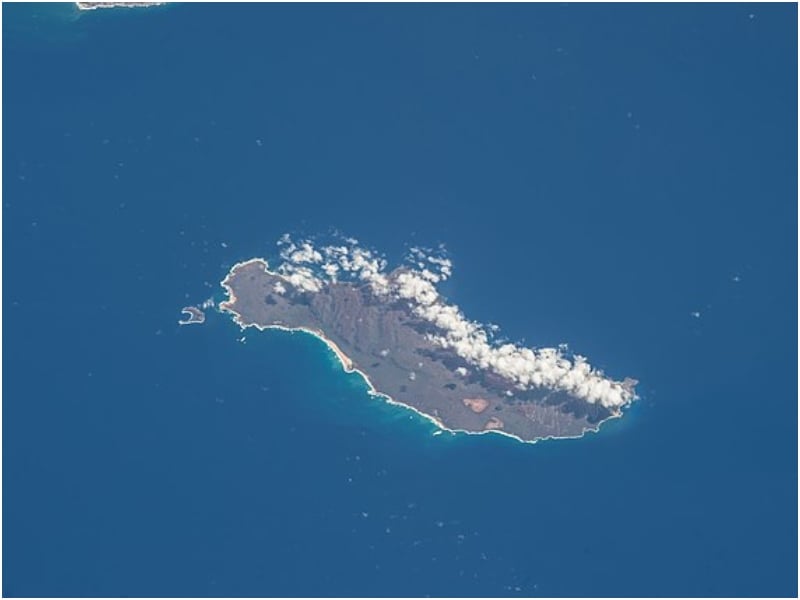
Source: Earth Science and Remote Sensing Unit / wikicommons
Ni’ihau has been treeless for generations due to its arid climate; in 1778, Captain James Cook noted that there were no trees on the island. Despite the condition, Eliza saw Ni’ihau’s promise and decided it was what the family needed to establish roots finally. The Sinclairs finally found their home. Yet, would King Kamehameha V give up the island that easily?
The Purchase Has a Catch
The history of the island’s acquisition is fascinating. According to legend, Elizabeth Sinclair paid just $10,000 in gold to King Kamehameha V in 1864 to purchase the 70-square-mile island. Of course, in today’s market, the number wouldn’t cover the down payment on a modest home, but it was a pretty large amount back then.
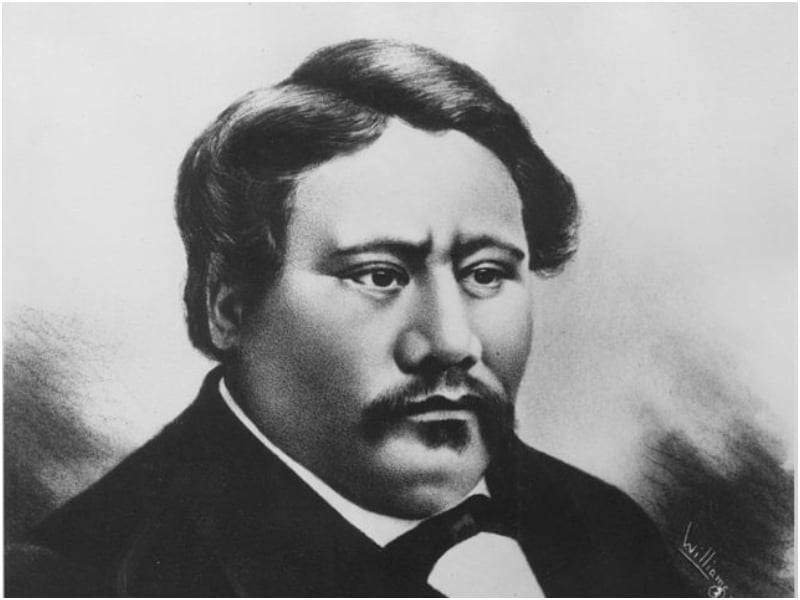
Source: James J. Williams (1853–1926) photography studio / wikicommons
The king’s one request to the Sinclair family was that they keep the island and its people safe from harm. The Sinclair family accepted the conditions and started a new life on the island. The locals regarded Eliza as a chieftess, and the family did everything possible to assist those living there. To this day, the Sinclairs have kept their promise to King Kamehameha V more than a century ago.
A Look at the Island's History
The Ni’ihau Cultural Heritage Foundation claims that traditional Hawaiian chants have been used to transmit Ni’ihau’s history down the generations. According to tradition, the volcano goddess Pele first settled on the island of Ni’ihau before relocating to Hawaii Island. Geologically, Ni’ihau is considered to have been produced by a secondary volcanic vent following the eruption of the Kauai volcano.
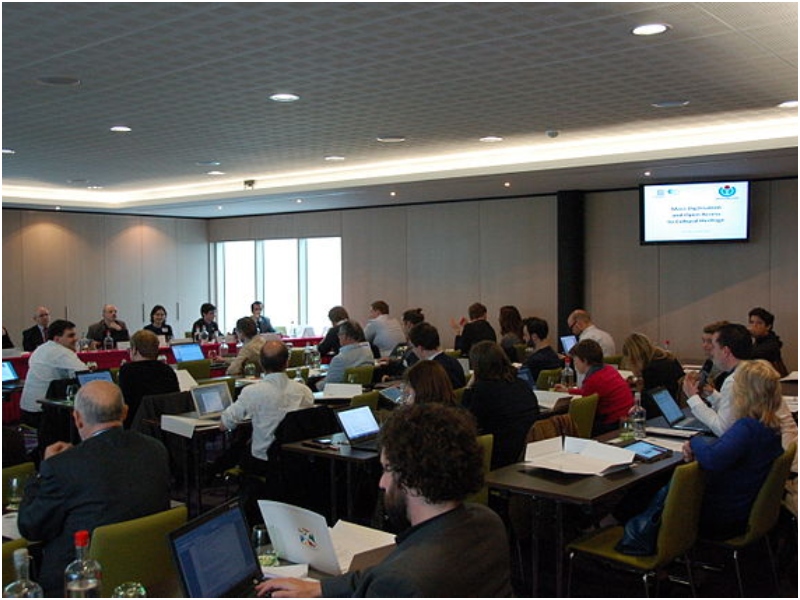
Source: Tijs D’Hoest / wikicommons
Kahelelani was the first great chief of Ni’ihau, followed by K’eo and, finally, Kaumuali’i, who was born in 1790. In 1810, Kaumuali’i became king of Kauai and Ni’ihau, the final two islands to be united under Kamehameha I’s authority. The grandson of Kamehameha I, King Kamehameha V, completed the island sale to the Sinclairs in 1864 for the sum of $10,000 worth of gold.
It Rose From the Ashes
About five million years ago, a single shield volcano gave rise to Ni’ihau. The volcano’s remains, Paniau, which previously rose 4,600 feet above sea level, is also the island’s tallest peak. Nevertheless, today, it is only currently a little over 1,200 feet above sea level and 13,000 feet above the ocean’s surface due to severe erosion.
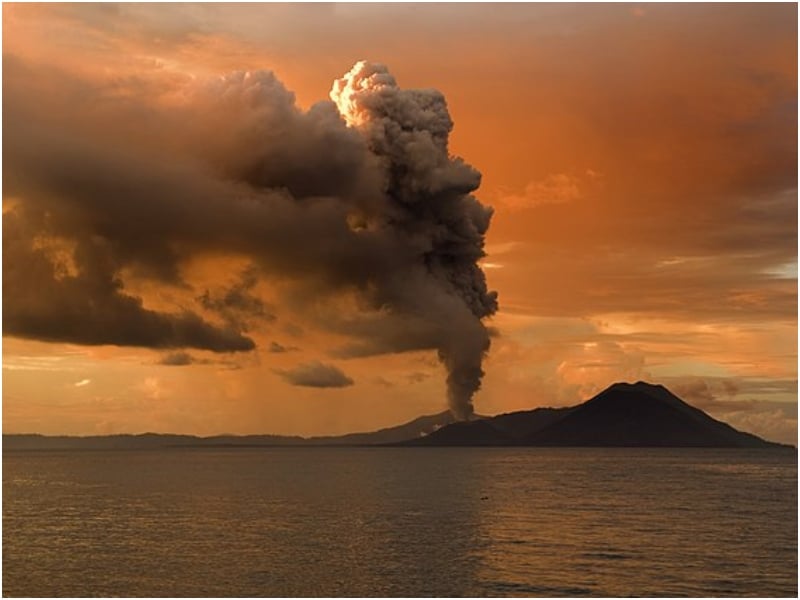
Source: Tijs D’Hoest / wikicommons
A waterway over 2,500 feet deep, known as the Kaulakahi channel, connects the islands of Ni’ihau and Kauai, which are separated by 15 miles underwater. Since Ni’ihau is around a million years geologically older than Kauai, there is some debate among geologists as to whether Ni’ihau and Lehua developed independently of Kauai.
No One is Allowed Inside
The Sinclairs were able to maintain as much distance as they could from the constantly expanding United States because Ni’ihau Island was now their property. They took King Kamehameha V’s request seriously and declared Ni’ihau would be completely closed to tourists in the 1930s.
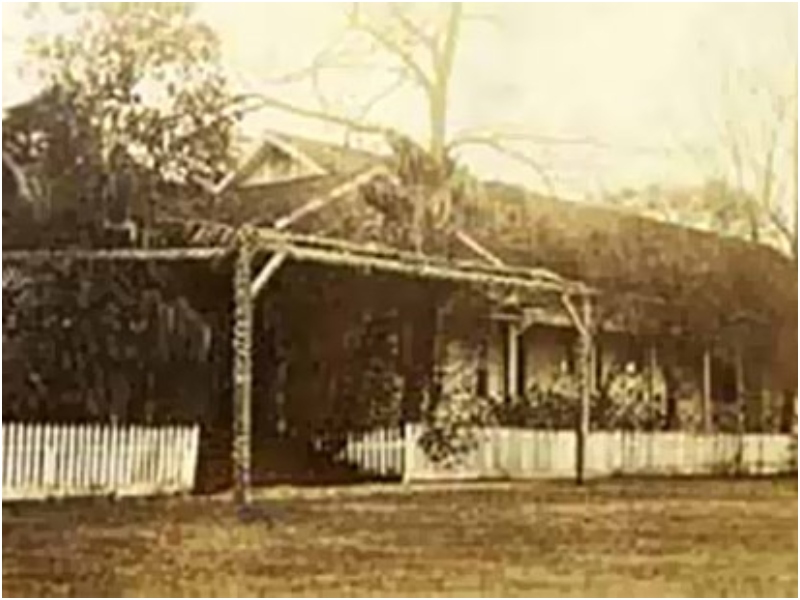
Source: knudsentrust.org / wikicommons
This was done to protect the island from diseases like polio and measles as well as to preserve the “kahiki,” or the Native Hawaiian culture of the island. The move solidified Ni’ihau’s reputation as a “Forbidden Island.” Aside from adding mystery to the region, the decision made outsiders curious about what the Sinclairs are protecting inside.
How It Became Known as the "Forbidden Island"
The most well-known legend surrounding Ni’ihau’s nickname as the “Forbidden Island” is that you must receive an invitation from the owners to visit. Even though this is currently the case, it wasn’t when the name was first conceived.
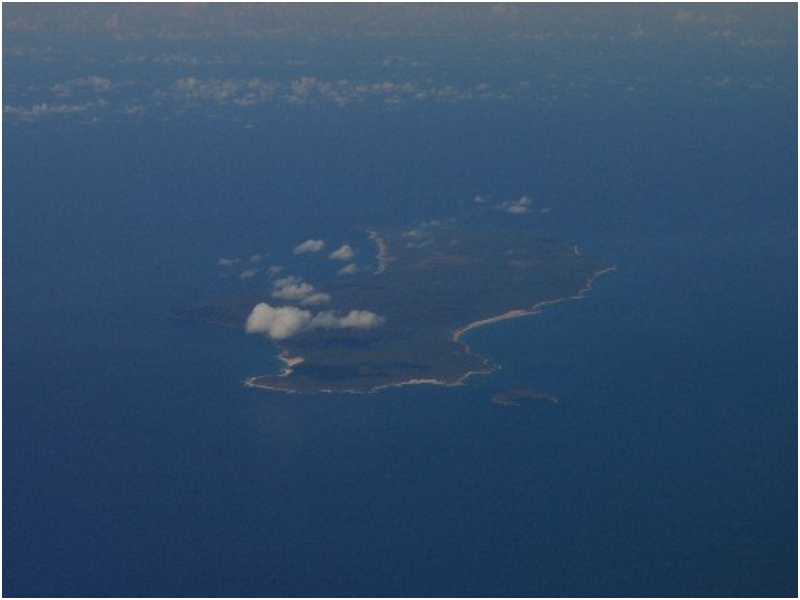
Source: ito1117 / wikicommons
Ni’ihau was known as the “Forbidden Island” during the 1952 polio epidemic in the Hawaiian Islands because you needed a doctor’s note to visit to prevent the spread of the disease. The head of the family wanted to protect the residents, so he required visitors to carry a doctor’s certificate and undergo a two-week quarantine. The move was effective because no residents contracted the disease.
How is the Island Doing Right Now?
The Robinson family, direct descendants of Eliza Sinclair, continue to control the island today. They have kept the island hidden from the modern world, fulfilling the promise made by their ancestors to King Kamehameha V. They continue to exist by traditional means, such as hunting and fishing. Also, the island is one of the few places on Earth where Hawaiian is spoken as the primary language.
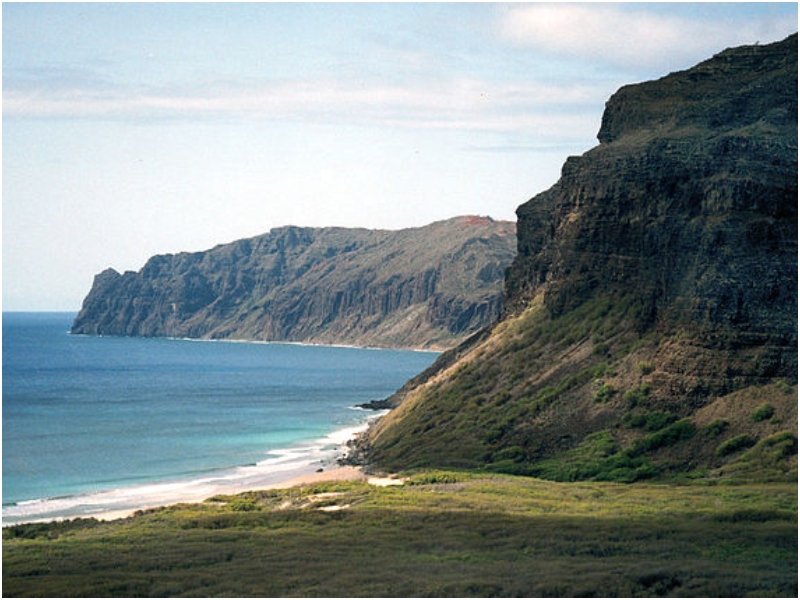
When speaking to ABC News, Bruce and Keith Robinson said that the family is maintaining the island as per the wish of Kamehameha V many years ago. He added they preserve its history and original way of living for the residents of Ni’ihau.
A Symbol of an Almost Forgotten Past
Ni’ihau has refused the use of modern technologies and so functions without things like power, running water, internet, stores, restaurants, paved roads, automobiles, and hotels. Such a way of living is something that can be perceived by some as a present-day nightmare, while a few others as a” breath of fresh air.”

Source: Christopher P. Becker / wikicommons
On the island, power is generated either by the sun or a generator and not from the mainland’s power grid. Cars are few; therefore, most residents get around on bicycles or feet. Ni’ihau’s inhabitants still practice ancestral hunting and fishing techniques. Sadly, the island’s natural resources are in jeopardy now; its capacity to preserve customs and traditions in the face of external pressures has been severely tested.
Always on Vacation Mode
Being cut off from the outside world has its advantages. Life on the island has often been described as exceedingly calm and peaceful. The island’s residents live off of rainwater collection and solar power while there is still no running water or electricity available. Most homes on the island are equipped with solar panels.
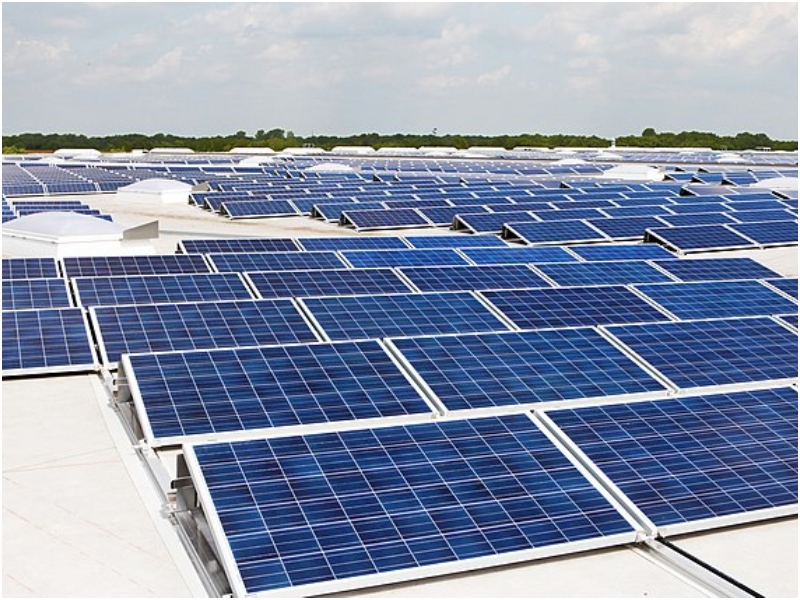
Source: AleSpa / wikicommons
Life is more relaxed in Ni’ihau since it does not have the usual “hustle and bustle” of a big city and modern technology. Safe to say, living on the Forbidden Island feels like every day is a vacation. The question is, though, could Ni’ihau’s residents maintain this way of living in this modern world?
Residents Can Come and Go as They Please
The island’s residents are the only ones who have unrestricted access to the area around their homes. The Ni’ihauans are not oblivious to the realities of life on the mainland; indeed, many choose to spend time both on Kauai and the ‘forbidden island,’ as the former offers greater economic opportunity.
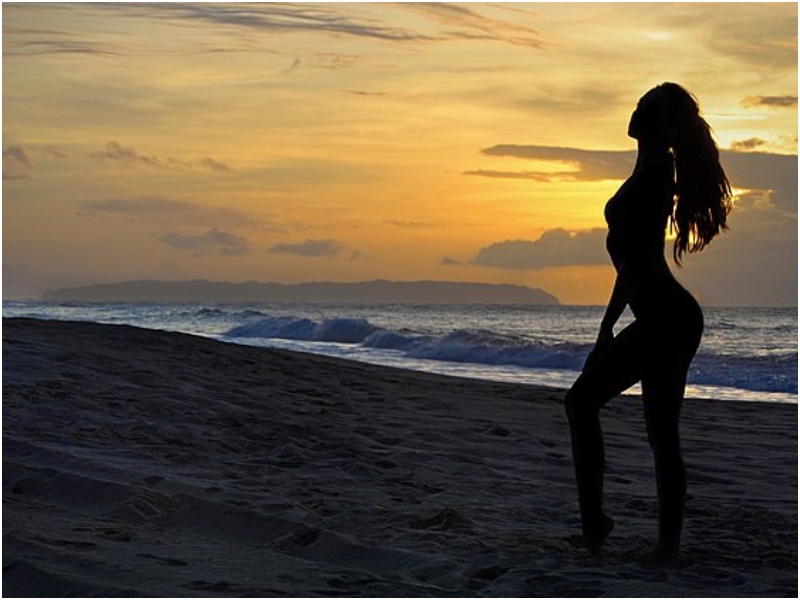
Source: Steevven1 / wikicommons
When inhabitants of Ni’ihau feel the pressure of work is too much, they could go back to their hometown where life is more relaxed. Unfortunately, this practice of living both in Ni’ihau and Kauai makes it hard to count the island’s inhabitants. Even though 170 persons were counted in a census taken in 2010, locals say that the actual population is closer to 70. Are the island’s residents really that small?
How Many People Truly Live There?
How many Ni’ihauans truly reside on Hawaii’s Forbidden Island is a subject of much discussion, largely because the Robinson family is not compelled to submit population figures. The main village of Puuwai, which literally translates to “heart” in Hawaiian, is the only settlement on the Ni’ihau. According to the Ni’ihau Cultural Heritage Foundation, there are around 70 permanent people on the island, as opposed to the 2010 census estimate of 170.
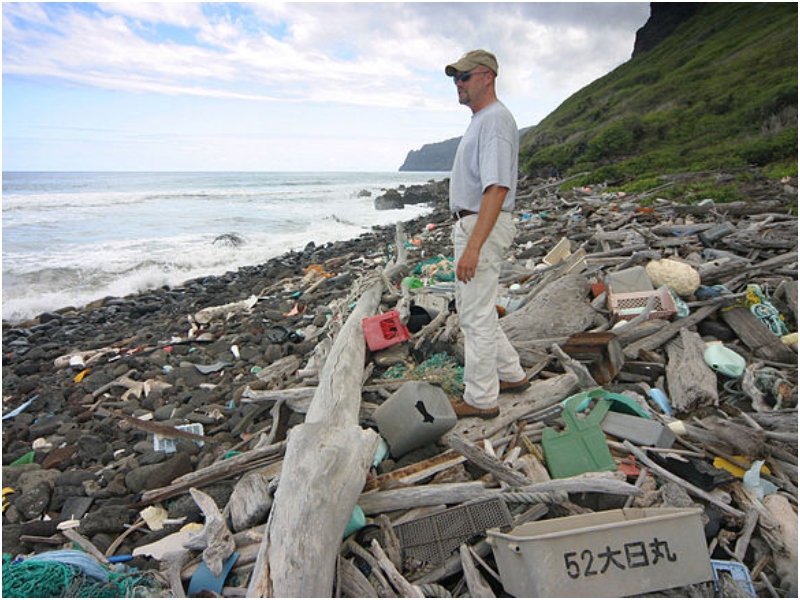
Source: Polihale / wikicommons
Many Ni’ihau people are spending more time elsewhere, eventually leaving behind the Forbidden Island. Because there are few healthcare options, few employment prospects, and more homesites becoming available on the neighboring island of Kauai, the best choice for them was to transfer.
Several Regulations are Observed on the Island
Even though the idea of living on the island sounds like heaven on earth for some individuals, the Sinclair and, more recently, the Robinson family’s regulations still govern the island’s populace. People who call Ni’ihau home are allegedly forbidden from owning firearms or alcohol and must attend church every Sunday.

Source: Anonymous / wikicommons
A former resident also asserts that men are not permitted to grow their hair long or wear earrings and that doing so is grounds for immediate expulsion. Such rules are surprising, given that many Hawaiian men have a long mane. In fact, some Polynesian boys don’t get their first haircut until they are teenagers. This Polynesian ceremony symbolizes the boy’s coming of age and his transition into manhood.
They Have Goods Delivered
Even if Ni’ihau is relatively isolated from the rest of Hawaii, people living on the island still need provisions to live, especially food. Goods, excluding restricted ones such as guns, tobacco, and alcohol, arrive by barge every week.

Source: Public domain / wikicommons
It is interesting to note that even though residents of the island may not be permitted to own firearms because of the local guidelines, the United States military has established a facility for defense operations there. On top of that, they have hired a number of the locals there to work in the base. So Ni’ihau residents may not own firearms, but some see them daily.
Look into what it’s like to live there.
What Life Would Presumably Be Like There
The island serves as a social experiment on what life would be like without modern conveniences because of its lack of technological development. As a result, there are conflicting accounts of what it’s like to reside in Ni’ihau. Some sources liken it to an ideal society where everyone abides by rigid rules and cultural norms, while others say the opposite. The finest explanation came from Peter T. Young, a former director of Hawaii’s Department of Land and Natural Resources.
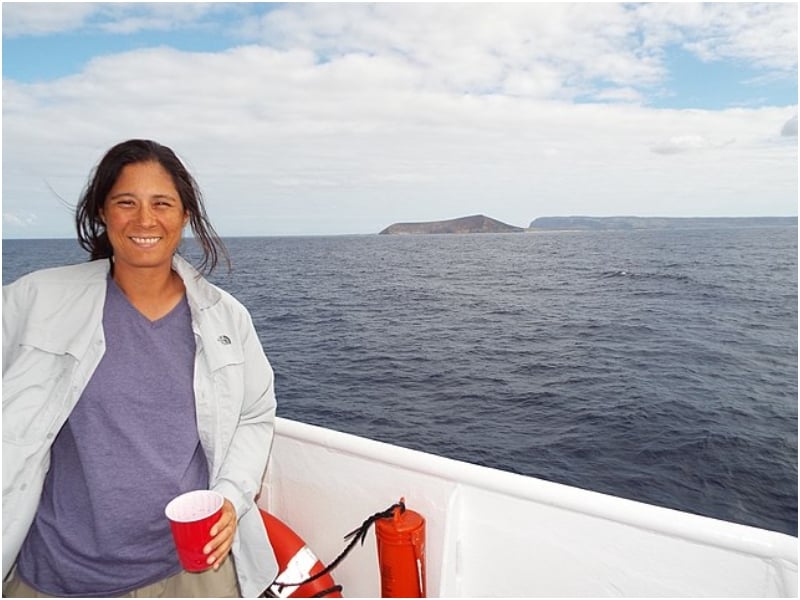
Source: Forest and Kim Starr / wikicommons
According to him, we may see Ni’ihau as an isolated island, but inhabitants don’t perceive their homes as such. He added that residents don’t look or act any different from the rest of us.
The Place is Underdeveloped
Ni’ihau is not a destination for vacationers, even though it is the island in the state that best embodies Hawaiian culture. There are only a few cars, no paved roads, no indoor plumbing, no internet, and no shops.
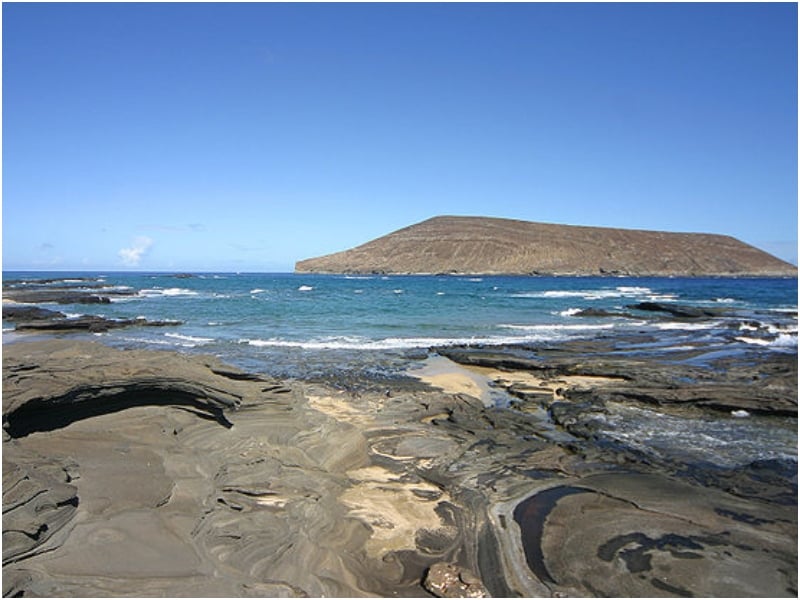
Source: Christopher P. Becker / wikicommons
Residents utilize rainwater catchers for drinking water to fight the arid climate since Ni’ihau only receives annual rainfall inches in the double digits compared to Kauai’s triple-digit figures and obtain their food through hunting, fishing, gathering, or farming. The already scarce resources that the current population and future generations depend on for survival would be stressed by opening up tourism on the island.
Could it be possible for outsiders to visit the island?
Outsiders Are Kept at Bay on the Island
The Robinsons and the island’s other residents share a desire to keep their close-knit community and home is hidden from visitors and other Hawaiians. Therefore, it is extremely forbidden for those who do not reside on the island to enter without permission; any who do so will face repercussions.
This protects Ni’ihau’s way of life and maintains the island’s natural beauty.

Source: Forest & Kim Starr / wikicommons
Nonetheless, as getting to the island is already somewhat difficult, there isn’t much cause for fear over individuals trespassing. Let’s just say the place being an island surrounded by water has its perks for its residents. Locals would surely hear people who will illegally enter Ni’ihau because they can only do so by boat or helicopter.
That doesn’t mean it is completely impossible to go there, though.
Limited Tours are Offered for a Steep Price
The Robinson family has recently started offering limited tourism opportunities on parts of the Ni’ihau islands. These tours are expensive and exclusive due to the importance of maintaining the privacy and isolation of Ni’ihau’s residents. Tourists will not be able to enter the main village of Puuwai or interact with the locals during their visit.
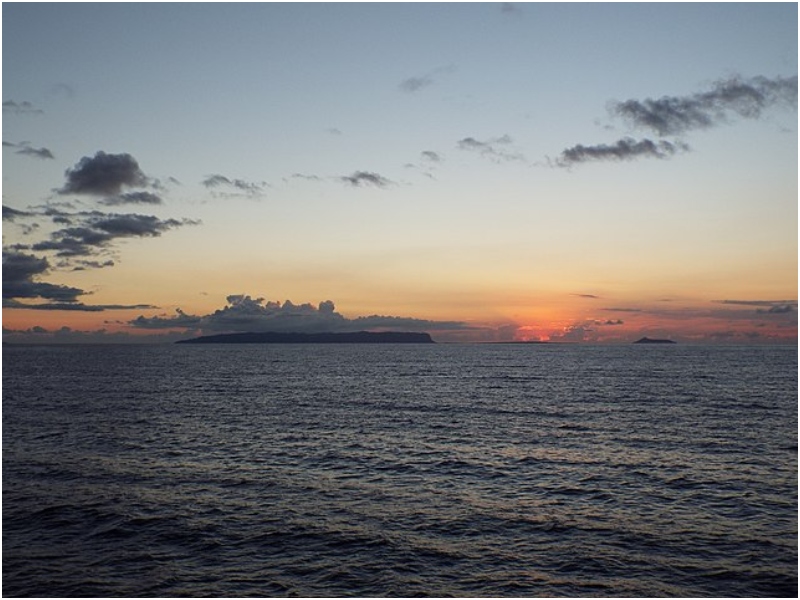
Source: Forest & Kim Starr / wikicommons
Instead, the tours will allow visitors to experience some of the island’s most beautiful beaches and landscapes for a few hours. The focus remains on protecting the privacy and seclusion of the Ni’ihau community. While it may not be possible to explore the interior of the island fully, some tours will allow you to visit the shores of Ni’ihau and experience its natural beauty.
No Chance of Visiting Residential Areas
According to Bruce Robinson, one of the owners of Ni’ihau, the purpose of these tours is to allow visitors to experience an unspoiled Hawaiian island. To respect the residents’ privacy and their desire to live untouched by the outside world, the owners do not take tourists to the main village or allow them to interact with the locals.

Source: Forest & Kim Starr / wikicommons
Helicopters will not even fly over residential homes. Bruce emphasized that the Robinson family is committed to preserving the seclusion and privacy of the Ni’ihau community and reminded tourists not to expect to see daily life on the island. The tours are designed to showcase the island’s natural beauty, not provide a glimpse into the lives of its residents.
Best Ways to See Ni'ihau
There are different ways to experience Ni’ihau—by sea or by air. So the Robinson family could completely pay for the helicopter they acquired, which is mostly utilized for Ni’ihau inhabitants’ emergency evacuation, the family started offering half-day helicopter trips to the island.

Source: Forest & Kim Starr / wikicommons
The business, named Ni’ihau Helicopters Inc., provides an aerial tour over Ni’ihau that ends by landing on one of the island’s beautiful beaches. The boat tour is the most budget-friendly option, but it does not go all the way to the main island. If you want to go snorkeling or diving, you can take a trip to Lehua, a smaller, uninhabited island near Ni’ihau.
The Wildlife on the Island is Abundant
Ni’ihau is home to a wide variety of animals, including several threatened with extinction, because of its low human population density and wealth of natural resources. The monk seal is one of these endangered species, and its population in Hawaii has increased yearly since it reproduces successfully on Ni’ihau. Known to native Hawaiians as ʻIlio-holo-i-ka-uaua, which means “dog that runs in rough water,” their population on the main islands was almost wiped off, but it has recently started to rebound.

Source: Bernard Gagnon / wikicommons
The Hawaiian coot, Hawaiian stilt, and Hawaiian duck can be found in wetland habitats created by several playa lakes in the area. These reservoirs are not consistently filled with water, but they provide important homes for these bird species.
Ni'ihau Safaris to Manage Invasive Species
The Robinson family also founded Ni’ihau Safaris Ltd. to assist in managing the island’s wild boar and feral sheep populations, which had gotten out of control since being imported in the 1860s. The island’s residents depend on these boar and sheep for food, although they are officially invasive species; nonetheless, as the full-time population of people keeps changing, the animals’ numbers have gotten out of hand.
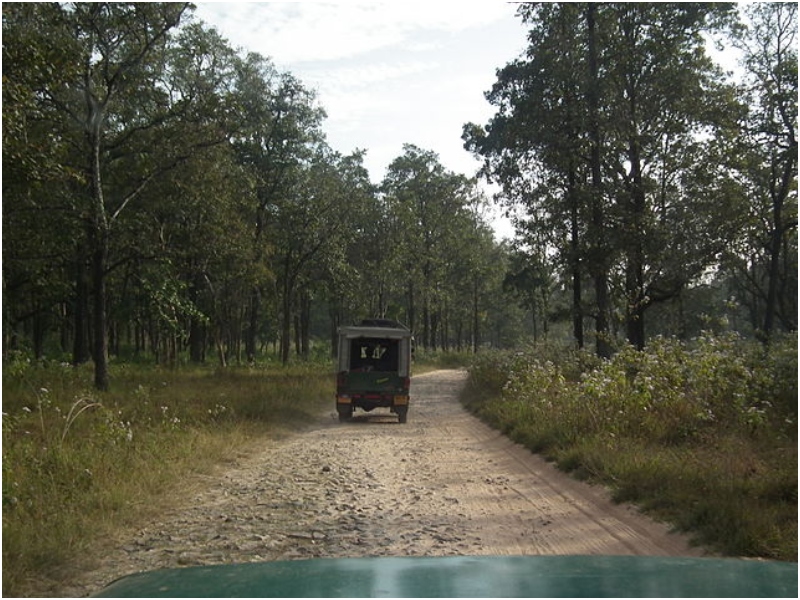
Source: Rameshng / wikicommons
In addition, wild sheep and pigs can seriously harm the ecosystem by rooting and wallowing. So the business maintains a close eye on the wild populations of sheep and boar, contributing to the preservation of the ecological harmony on the island.
The Biggest Lake in Hawaii is There
Lake Halalii is a large, intermittent lake that spans over 840 acres, located in the south-central region of the island. It is the largest lake in Hawaii, but only during the rainy seasons. As a result, the size of Lake Halalii fluctuates depending on the amount of rainfall it receives, which is why it’s occasionally called a playa lake.
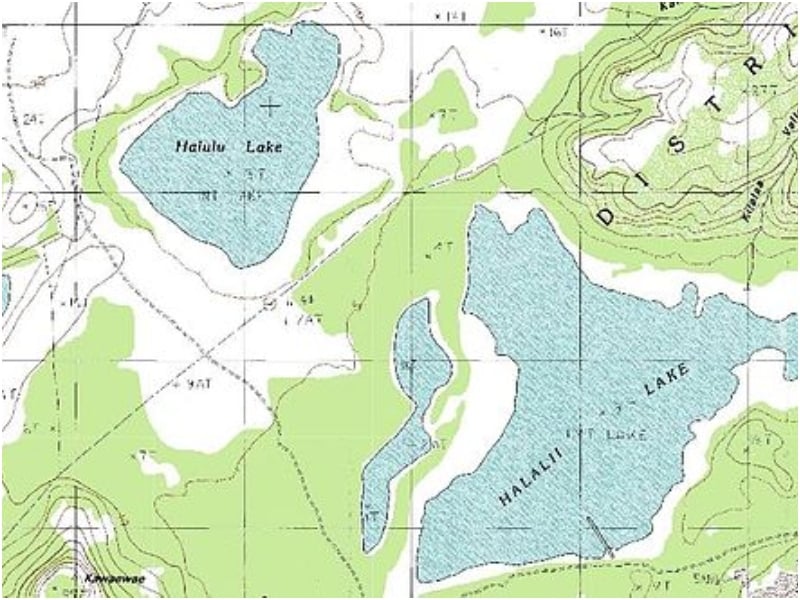
Source: USGS / wikicommons
Several Hawaiian bird species call the lake’s natural wetland environments home. Additionally, growing mullet in the lake is another common activity. During the rainy seasons, locals bring baby pua mullets from the sea in barrels, releasing them so they can be caught again, all grown when the water levels drop in the summer.
Locals Are Well-known for Their Shell Lei Crafts
Among Ni’ihau’s many handcrafted goods, shell necklaces or leis are among the most well-known. Ni’ihau shells, known as pupu Ni’ihau, come in four different varieties. These shells are one-of-a-kind and can only be found on the island. You could be lucky enough to find one on a beach somewhere else in the Hawaiian Islands, but the forbidden region is your best bet for finding a large number of high-quality varieties.
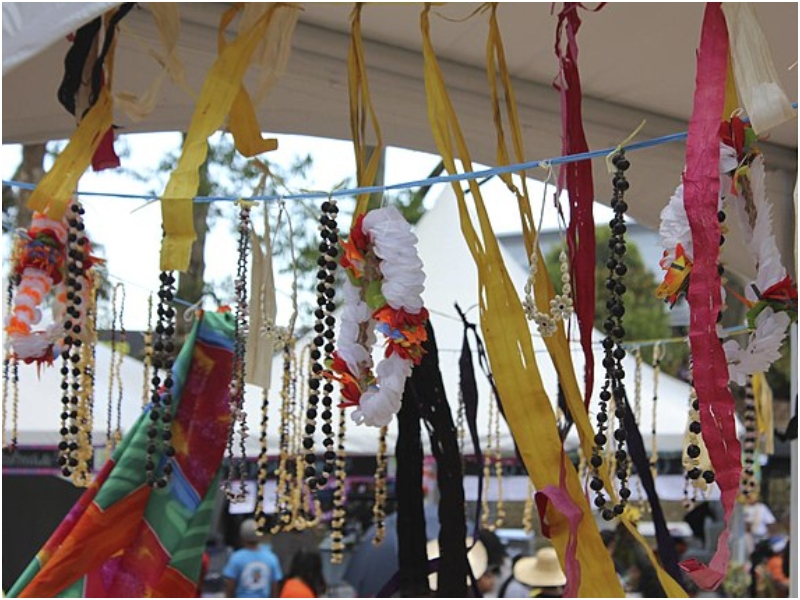
Source: Dobranis, Adana / wikicommons
Ni’ihau shell leis are highly prized due to the time and effort invested in their creation, which includes the sourcing of the shells and their careful sorting, organization, and stringing to create beautiful necklaces. In addition, each tiny shell has a hole drilled by hand to ensure as little damage as possible.
How They Pass Time on the Island
Due to the lack of modern conveniences, islanders typically unwind by going to the beach, viewing old flicks on DVDs or VHS, or any combination thereof while not working. Although quite modern, their ways of watching movies are pretty primitive for us, who are now used to streaming movies online.

Source: Mr.ちゅらさん / wikicommons
Nevertheless, just like any other people, many islanders eventually get bored and decide to leave. Many people in their twenties leave to travel the world because they are free to come and go as they like, but they are always welcome back. We can only guess what the future holds for the island; if its population continues to decline, we wouldn’t be surprised when the Robinson family finally opens up Ni’ihau to the world.
